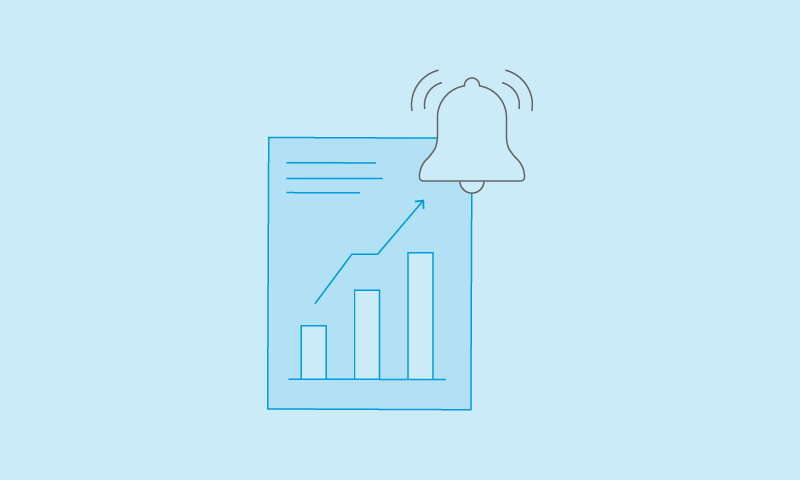26 July 2022
HMRC Based on the latest monthly tax revenue statistics released by HMRC and the anticipated IHT statistics to be published this week, IHT revenues are on track to continue their upwards trajectory and could exceed £7 billion in the year to 31 March 2023. If achieved, it could comfortably outstrip the latest forecast made by the Office of Budget Responsibility in March 2022, which predicted that IHT revenues for the current year will be £6.7 billion.
Accurately forecasting IHT revenues can be challenging as monthly receipts may be skewed dramatically if there are a number of particularly high-value estates subject to IHT in a particular month. This was seemingly the case in June 2022 which saw an all-time monthly record of £726 million of IHT paid to the Exchequer.
However, regardless of the occasional exceptional month, the annual growth trend for IHT receipts continues to level up rather than level off. Putting the annual IHT figures into context, in the ten years up to 31 March 2022, IHT revenues have increased from just over £3.1 billion to nearly double that amount, a 95% increase. In the decade prior to that, IHT receipts increased by a much more modest 23%.
There are three clear drivers for these increased IHT revenues: rising house prices; rising equity markets; and the fiscal drag effect of freezing the IHT nil rate band, the amount of an individual’s estate that is exempt from IHT (currently £325,000).
The former Chancellor, Rishi Sunak, may be accused of inadvertently increasing IHT by stealth with the introduction of the stamp duty land tax holiday. Whilst welcomed at the time by many, at best the initiative appears to have acted as a catalyst for the surge in residential property prices in recent years. At worst, it artificially inflated the housing market and has dragged more families into the IHT net.
The pandemic itself may also have a part to play in these increased IHT revenues, and not necessarily due to an increased number of taxable estates. The UK is not alone in experiencing a rising property market and research confirms the pandemic has had an impact on the UK’s housing preferences. Perhaps unsurprisingly, there has been more demand for larger homes in less densely populated areas as more individuals look to work from home. In turn, a more consistent increase in house prices across the UK has helped to contribute to increasing IHT liabilities.
Whilst IHT has historically been a modest contributor to the Treasury’s overall revenue figures, it is arguably the most disliked tax in the UK. As the Office of Tax Simplification has previously noted, IHT is an ‘almost uniquely unpopular tax’ with a 2015 YouGov survey highlighting 59% of those surveyed considered it unfair. With all the recent promises of tax giveaways by politicians, it remains to be seen whether any measures are announced that could prune IHT’s ever-increasing growth.









